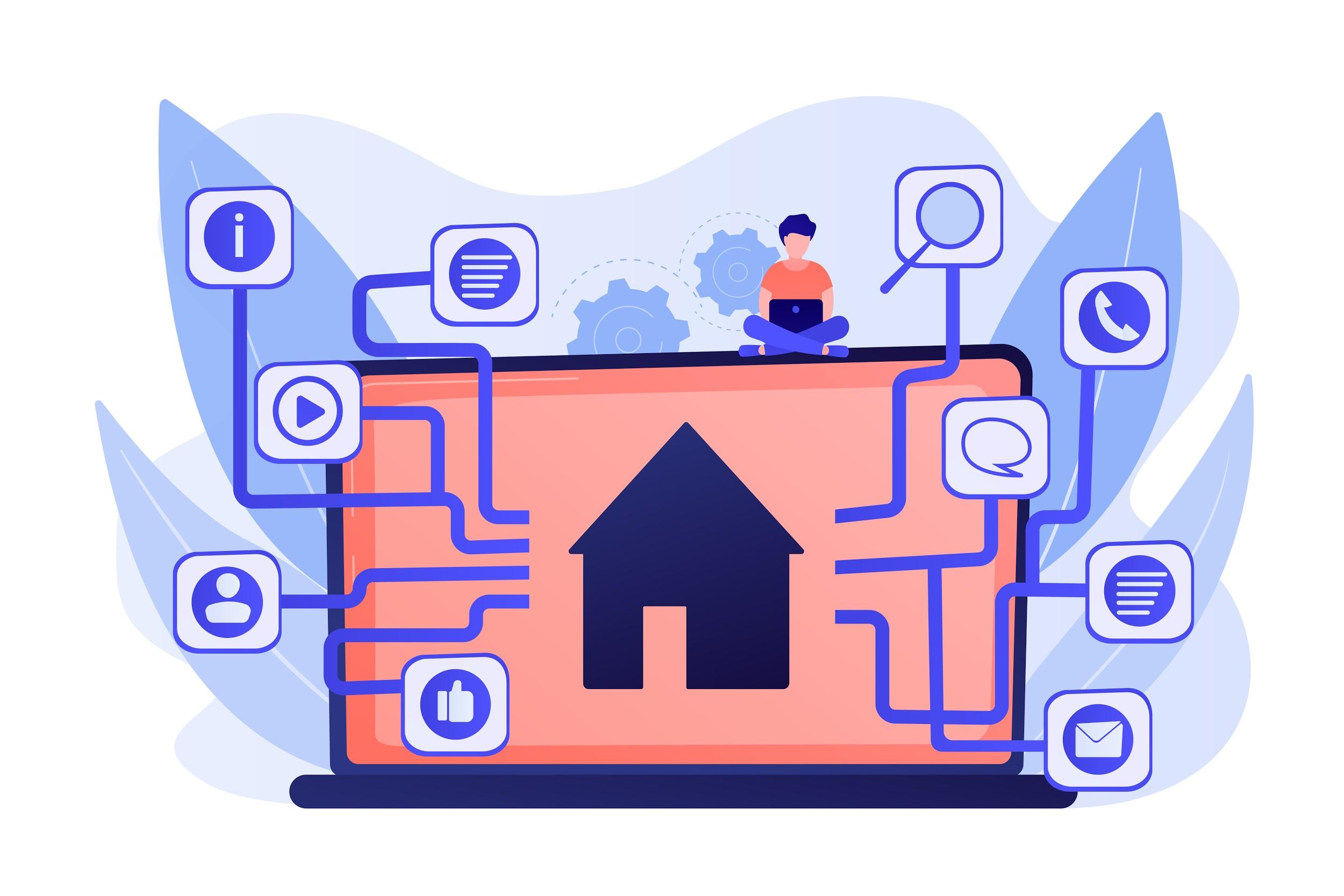IoT is a fast-growing sector with a market size of more than $22 billion by 2023. Businesses benefit enormously from IoT platforms because they enable them to reduce production costs, deploy faster, and streamline processes. Many people, though, are also unfamiliar with what is an IoT platform, what it does, and whether a company can have one.
What is an IoT Platform?
An IoT platform is a software middleware that manages the connectivity of IoT devices and allows the development of smart solutions. IoT platforms facilitate the exchange of information between devices, typically sensors, and the final application, usually in the cloud.

The Internet of Things (IoT) applies to billions of actual objects connected to the internet. It is now possible to transform something, from a pill to a desk, into a member of the Internet of Things, due to the invention of super-cheap computer chips and the global availability of wireless networks. Connecting all of these distinct elements and attaching sensors to them gives machines that might otherwise be limited; a form of artificial intelligence allowing them to exchange real-time data without requiring a person. The Internet of Things is putting the digital and physical worlds together to make the environment around us smarter and more sensitive.
A complete IoT system combines four distinct components: sensors/devices, connectivity, data processing, and a user interface with the help of an IoT platform.
1. Devices/Sensors
Sensors or devices gather data from their surroundings. It may be anything as basic as a temperature reading or something as complicated as a complete video stream.
2. Interconnectivity
The data from sensors is submitted to the cloud, but it must first find a way to get there!
Cellular, satellite, USB, Bluetooth, low-power wide-area networks (LPWAN), or connecting directly to the internet through ethernet are all possibilities for connecting sensors/devices to the cloud.
Power usage, range, and bandwidth are choices to be made in each option. The best connection solution depends on the IoT application, but they all achieve the same goal: transmitting data to the cloud.
3. Data Processing
Since the data is moved to the cloud, it is analyzed by machines.
It may be anything as easy as double-checking that the temperature reading is within reasonable limits. It may also be very complicated, such as identifying items using machine vision on video recordings (such as intruders in smart houses).
4. Graphical User Interface
The data is then made usable to the end consumer in several ways. This may be via a dedicated mobile for examples or by sending a message to the customer (email, text, notification, etc.). For e.g., if the temperature in the company’s cold storage is too high, a text message would be sent.
However, it’s not always a one-way street. The consumer will be able to execute an operation and influence the device depending on the IoT program. For e.g., the consumer might use an app on their phone to change the temperature in the cold storage.
Benefits of an IoT Platform:
- Hardware connectivity, such as devices and sensors.
- Handles a variety of hardware and software networking protocols.
- Provide computers and consumers with encryption to ensure safety.
- Data from sensors and instruments can be obtained, measured, and evaluated.
Why Adopting the Internet of Things Matters?
In the last three years, the IoT platforms industry has grown tremendously. IoT platforms are becoming increasingly important from an end-user perspective in the digital transition of their companies from independent devices to smart-connected solutions. The Internet of Things (IoT) captures and analyzes physical data independently. The increased usage of IoT devices is influencing people’s lifestyles, personal well-being, the economy, and industries in a variety of ways.

I’m Kelly Hood! I blog about tech, how to use it, and what you should know. I love spending time with my family and sharing stories of the day with them.











